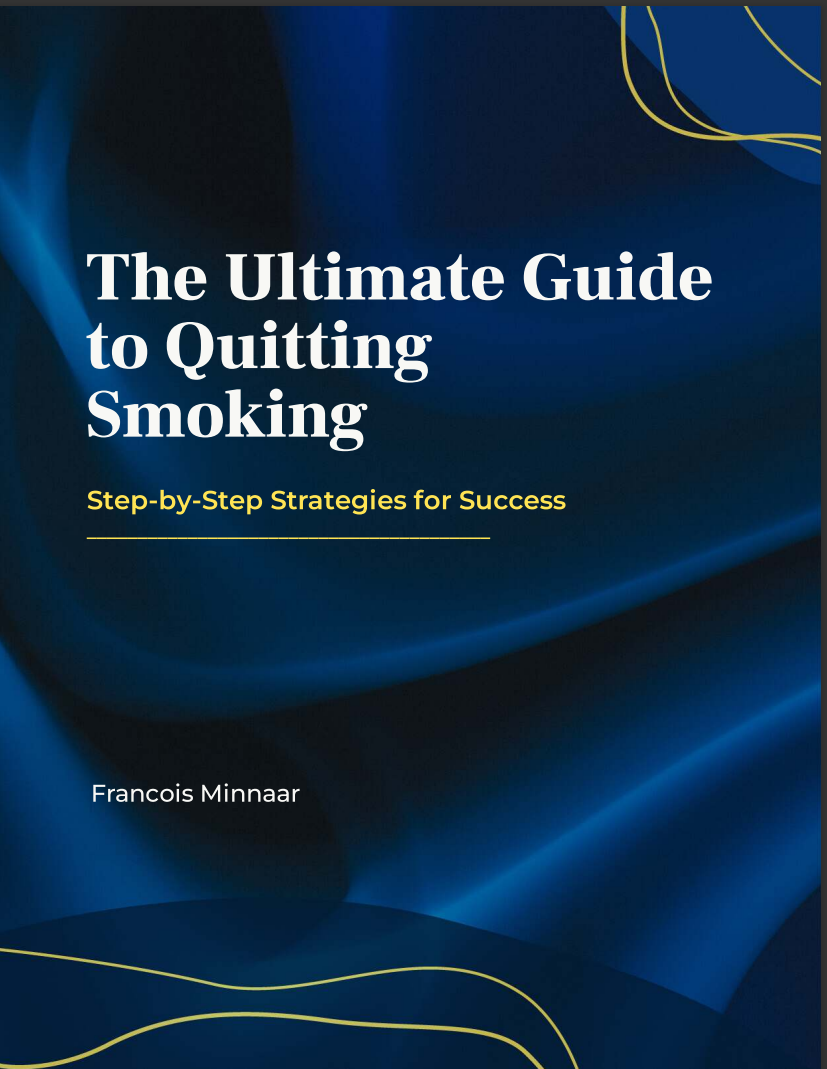Breaking Mental Addiction: Practical Steps for Smokers on the Path to Freedom
Quitting smoking is hard—really hard. It’s not just about battling physical cravings but, even more importantly, it’s about breaking the mental addiction that keeps the habit alive. For anyone who’s quit or is trying to quit, the struggle with mental addiction can feel endless. But here’s some good news: with the right strategies, you can break free and reclaim control over your mind and your health. Let’s dive into practical steps to help you do just that!
Step 1: Understand the Difference Between Physical and Mental Addiction
When we think about quitting smoking, it’s easy to focus on the physical cravings—those jittery moments when your body screams for nicotine. But physical addiction fades relatively quickly; it’s the mental addiction that tends to stick around longer, lurking in your routines, emotions, and thoughts. Mental addiction is about those automatic responses and habits tied to smoking, like lighting up after a meal or during stressful moments. Recognizing this difference helps you target what you truly need to change: the habits and mindsets that reinforce your smoking behavior.
Step 2: Identify Your Smoking Triggers
Every smoker has unique triggers—those specific situations, feelings, or routines that seem to demand a cigarette. Start by listing out your triggers. Common ones include:
- Stress or anxiety
- Social gatherings or coffee breaks
- Boredom or downtime
- Post-meal relaxation
- Celebrations or even certain times of the day
Awareness of these triggers is powerful. Once you know what sparks your urge to smoke, you can plan to tackle each one. Try keeping a journal for a week to track when and why you feel the strongest pull to smoke.
Step 3: Replace Smoking with Positive Routines
One of the most effective ways to break the mental addiction is to replace smoking with other enjoyable activities. Think of it as rewiring your brain’s reward system. Each time you feel the urge to smoke, replace it with an alternative action that gives you a boost. Some ideas include:
- Taking a short walk or doing a quick stretch
- Practicing a breathing exercise to reduce stress
- Reaching for a healthy snack or drinking a glass of water
- Listening to a favorite song, podcast, or a few minutes of guided meditation
Building new habits may feel odd at first, but with practice, they can become your new normal.
Step 4: Use Mindfulness to Conquer Cravings
Mindfulness is a powerful tool that can help you pause and examine your cravings without acting on them. When a craving hits, try the following:
- Acknowledgethe craving without judgment. Remind yourself that it’s just a feeling, and feelings pass.
- Take three deep breathsto center yourself.
- Observethe craving. Is it strong or mild? Where do you feel it in your body? Does it come with specific thoughts or images?
- Choose a responserather than reacting automatically. You might remind yourself, “I don’t need to act on this.”
Practicing this technique regularly can help weaken the mental “hold” that smoking has over you.
Step 5: Visualize Your Smoke-Free Life
Visualization is a powerful tool for breaking free of mental addiction. Spend a few moments each day imagining your life without cigarettes. Picture yourself as healthier, more energetic, and mentally free from the chains of smoking. Visualize yourself handling stress, social situations, and even boredom without reaching for a cigarette. This daily exercise builds a mental pathway toward a smoke-free life.
Step 6: Tap into Social Support
Mental addiction often feels like a private battle, but support from friends, family, or a community can make a big difference. Join a quit-smoking group, such as the Quit Smoking Mindfully and Reclaim Your Health group, or seek out people who understand your journey. The shared tips and stories can help reinforce your new mindset, and it’s always helpful to have someone to turn to when the going gets tough.
Step 7: Reward Yourself for Small Wins
Breaking the mental addiction takes time, so celebrate every step forward. When you conquer a craving, handle a trigger without smoking, or finish a week cigarette-free, treat yourself to something you enjoy. It could be a favorite snack, a relaxing bath, a movie night, or even a small gift. Recognizing your progress reinforces the new, healthy habits you’re building and reminds you that you’re capable of overcoming this addiction.
Final Thoughts: You Are Stronger Than Your Addiction
The journey to quit smoking is one of the toughest challenges anyone can take on, and breaking mental addiction is often the most challenging part. But remember this: every time you resist a craving or replace an old habit with a new one, you’re breaking down that mental addiction and creating a path to a healthier, smoke-free life. You have the strength to overcome this. Take it one day at a time, be patient with yourself, and lean on these strategies whenever you need them.
Conclusion
